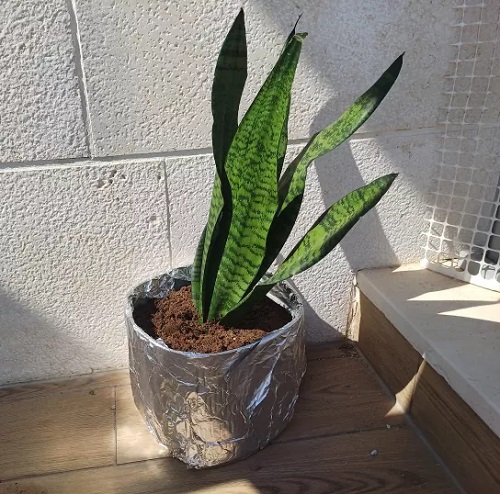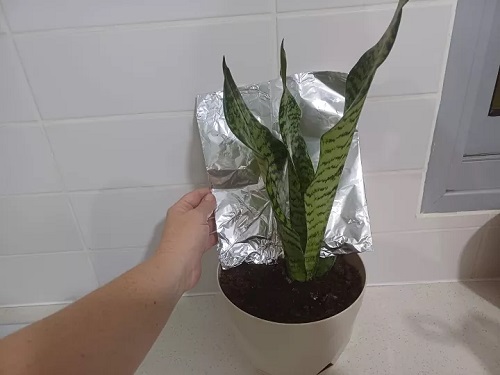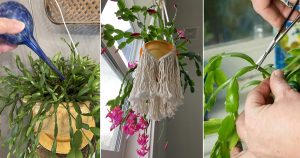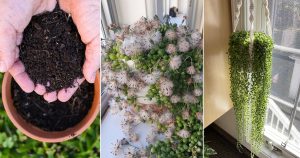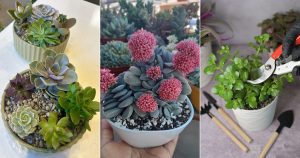Wrapping your food with aluminum foil keeps it fresh but what about using it on a snake plant? Learn if this unorthodox practice works?
The snake plant, or Dracaena trifasciata, is the darling of houseplants—tough, low-maintenance, and stylish. Some gardeners, always on the hunt for quirky tricks, have tried wrapping its leaves in aluminum foil. Sounds wild, right? But what’s the logic behind it, and does it actually help? Let’s dig in.
The Thought Process Behind Wrapping Snake Plants in Aluminum Foil
This absurd gardening hack is done for a plethora of reasons.
1. Keeping Pests at Bay
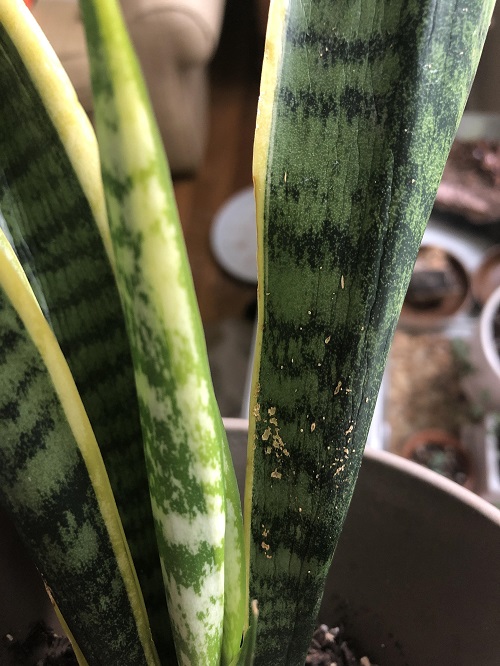
Although snake plants are relatively pest-resistant, some gardeners had the bright idea that by shielding the entire leaf with a metal sheet, they would provide an extra layer of armor to the succulent.
2. Reduce Brightness
Just like how we scroll down the brightness on our phone, wrapping aluminum on snake plants can create a shady environment for the leaves. Light is intentionally blocked off since snake plants have the ability to survive even in low-light conditions.
3. Reflection of Light
Aluminum has a shiny texture that reflects sunlight. This characteristic is capitalized upon to allow light to reach areas it usually doesn’t. By angling the aluminum-wrapped foliage in such a way that it acts as a mirror to bounce light to overlooked spots on the plant.
4. To Conserve Water
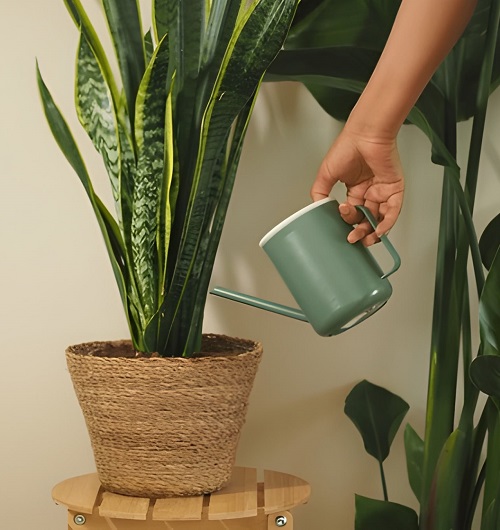
Plants breathe just like us, and similarly, they lose water through transpiration. Since the snake plant is a succulent that already thrives in arid conditions, the stored water is of utmost importance. In hot temperatures, this water is lost at a quicker pace; therefore, aluminum foil is utilized as a barrier to keep the temperature cool and water within.
Should You Try This Hack?
Although in theory, wrapping your plant in aluminum foil may seem beneficial, the cons greatly outweigh the pros.
1. Pests Con
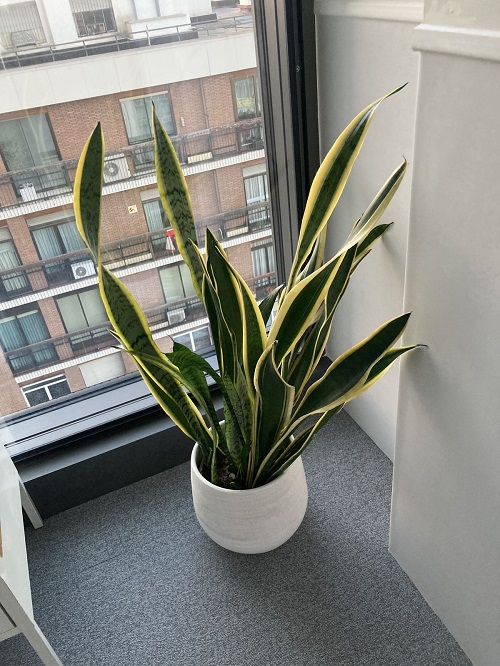
When it comes to shielding your plant’s foliage from pests with a layer of aluminum foil, it may be effective, but it also hinders the photosynthesis process. The leaves need sunlight to create energy and subsequently survive. With the foil blocking the sun out, your plant will slowly grow frail and die.
Instead, use sticky traps, companion plants with repelling characteristics, or organic pesticides to get rid of or prevent any infestation.
2. Shady Environment Con
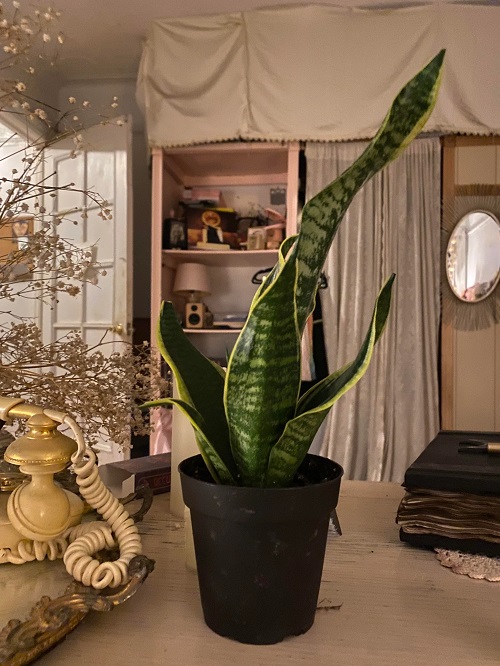
There is a common misconception that snake plants do best in low light. They can survive in gloomy conditions but perform best in bright indirect sunlight. Also, wrapping aluminum foil is the most futile way of creating shady conditions.
Instead, you can simply relocate the plant to a darker room or place it away from a window.
3. Reflecting Light Con
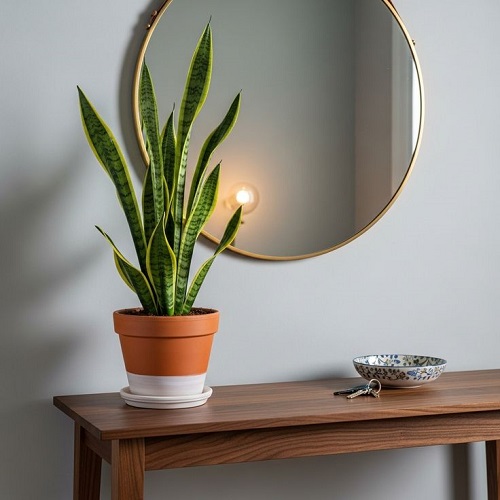
This is a paradox! While the aluminum will reflect some sunlight to parts that have been ignored, it will simultaneously block out sunlight for the leaves upon which the foil is wrapped! So you are simply replacing one neglected area with another!
Instead, you can strategically place actual mirrors around the plant in a manner that increases the sunlight exposure and duration.
4. Water Conservation Con
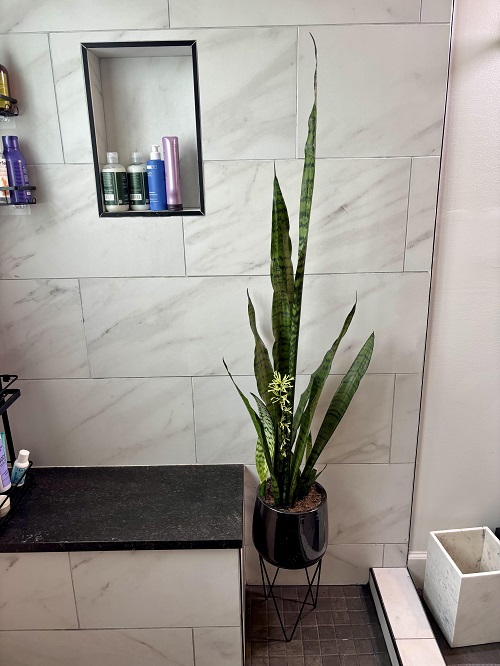
Although it is true that lower temperatures lead to reduced water loss, aluminum foil is not the best way to go. This material is not an insulator, and after the temporary cooling, it will trap even more heat within. Also, if you’re trying to create a more humid micro-climate, why wrap the leaves when you can just make a terrarium?
Using humidifiers, relocating to a bathroom, and other methods will naturally or more efficiently increase air moisture levels.
Therefore, despite the scientific accuracy of using aluminum foil for specific regions, in the long run and upon considering the broader perspective, this hack is not recommended. It can be a curious project, but alternatives provide better solutions to the same problem!
Let us know in the comment section whether you would do such a thing to help boost your plant’s life or health, even if it is a short-term solution!

